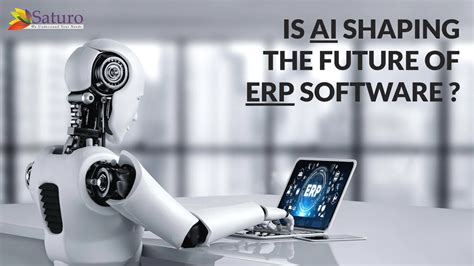How AI is Shaping the Future of Economic Models in Blockchain
How AI is shaping the future of economic models on the blockchain
The advent of blockchain technology has revolutionized the way we think about economic models. By enabling secure, transparent, and decentralized data storage, blockchain has opened up new opportunities for companies to innovate and compete more efficiently. Artificial intelligence (AI) is also playing a key role in shaping the future of these economic models.
The Rise of Blockchain-Based Economic Models
Blockchain technology, popularized by cryptocurrencies like Bitcoin and Ethereum, has enabled the creation of decentralized applications (dApps) that can operate independently of central authorities. These dApps are designed to be transparent, secure, and fair, making them attractive to companies looking to disrupt traditional economic models.
One such example is the development of “smart contracts,” self-executing contracts with the terms of the agreement written directly into lines of code. Smart contracts have the potential to automate complex transactions, eliminate intermediaries, and reduce costs for financial market participants.
AI-powered economic models
As blockchain-based economic models continue to gain traction, AI is playing a key role in shaping their future. Here are some ways AI is transforming economic models:
- Predictive analytics: AI-powered predictive analytics can help companies predict market trends, identify potential risks and opportunities, and make more informed investment decisions.
- Risk Management: AI-powered risk management systems can analyze large amounts of data to identify potential security threats and alert administrators to take proactive measures to mitigate them.
- Optimization: AI algorithms can optimize economic models by identifying the most cost-effective solutions for companies, reducing waste, and increasing efficiency.
- Personalized Pricing

: AI-powered pricing strategies can be customized for individual customers based on their preferences, behavior, and financial history.
Case Study: The Impact of AI on Supply Chain Management
A notable example of how AI is shaping economic models in blockchain is in the field of supply chain management. Companies like Walmart and Maersk are using AI-powered systems to optimize their logistics operations and reduce costs.
For example, Walmart’s “Just-in-Time” inventory management system uses AI-powered algorithms to predict demand and adjust inventory levels in real time. This allows companies to maintain a smooth flow of goods while minimizing waste and costs.
The Future of Economic Models
As the blockchain ecosystem continues to mature, we can expect to see even more innovative applications of AI in economic models. Some potential areas of interest include:
- Decentralized Finance (DeFi)
: AI-powered DeFi platforms will enable new types of lending and borrowing transactions, allowing for greater flexibility and speed.
- Supply Chain Optimization: AI-based systems will continue to improve supply chains by reducing waste, increasing efficiency, and improving customer satisfaction.
- Cryptocurrency-based Economic Models: As cryptocurrency prices fluctuate, AI-based economic models will need to adapt to changing market conditions.
Conclusion
The intersection of blockchain and AI is revolutionizing the way we think about economic models. By harnessing the power of AI, companies can create more efficient, secure, and transparent systems that drive innovation and growth. As this ecosystem continues to evolve, one thing is certain: the future of economic models on blockchain will be shaped by the intersection of these two technologies.
Resources:
- “Economic Models Based on Blockchain” by J.
